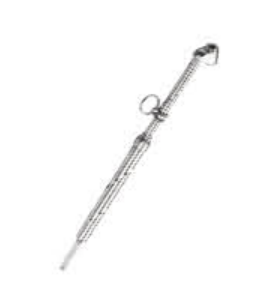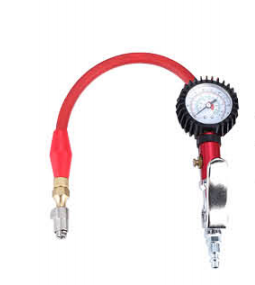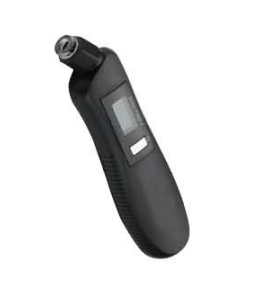Description
When maintaining your vehicle, checking your tire pressure is an important task that shouldn’t be overlooked. Proper tire pressure not only ensures a smooth and safe ride, it also helps improve fuel efficiency and extend the life of your tires. In order to accurately measure tire pressure, the correct type of tire pressure gauge must be used. There are several different types of tire pressure gauges available, each with its own advantages and disadvantages.
Features
The most common tire pressure gauge is the pencil gauge, which is affordable and easy to use. It is a simple design with a small rod that extends when pressed against the tire valve, displaying the pressure on a scale. Pencil gauges are known for their accuracy in measuring tire pressure. They provide precise readings, allowing users to ensure that their tires are properly inflated for optimal performance and safety. However, pencil gauges require manual operation, meaning that users need to visually read the measurement from the gauge, which can be less convenient than digital gauges that provide an instant digital display.
For those looking for a more traditional option, a dial indicator is a good choice. It features a round dial with a needle that indicates tire pressure when pressed against the valve. Dial indicators are known for their accuracy and durability, making them a favorite among professional mechanics. Additionally, a tire pressure gauge is integrated into the tire inflator, allowing you to check and adjust tire pressure with one convenient tool.
Digital tire pressure gauges are also popular in the market. One of the key features is their ability to measure tire pressure in multiple units at the push of a button. Whether you prefer to work in PSI, BAR, kgf/cm², or kPa, these gauges have you covered. This versatility allows you to easily switch between different measurement units, making it convenient for users who are more comfortable with specific units or need to comply with different measurement units, making it convenient for users who are more comfortable with specific units or need to comply with different measurement standards.



Summary
To check tire pressure, first remove the valve cap and press the tire pressure gauge onto the valve stem. Make sure the connection is tight to prevent air from escaping. The gauge will display the tire pressure, which should be compared to the manufacturer’s recommended pressure listed in the vehicle’s manual or on a sticker inside the driver’s side door jamb. If the pressure is too low, use a tire inflator to inflate the tire until the correct pressure is reached. Conversely, if the pressure is too high, use a pressure relief valve to reduce the pressure.
Regularly checking your tire pressure is vital to maintaining optimal performance and road safety. By using the right type of tire pressure gauge and following the correct procedures, you can ensure that your tires are always at the correct pressure, resulting in a smooth and efficient driving experience while extending the life of your tires.
Post time: May-09-2024





